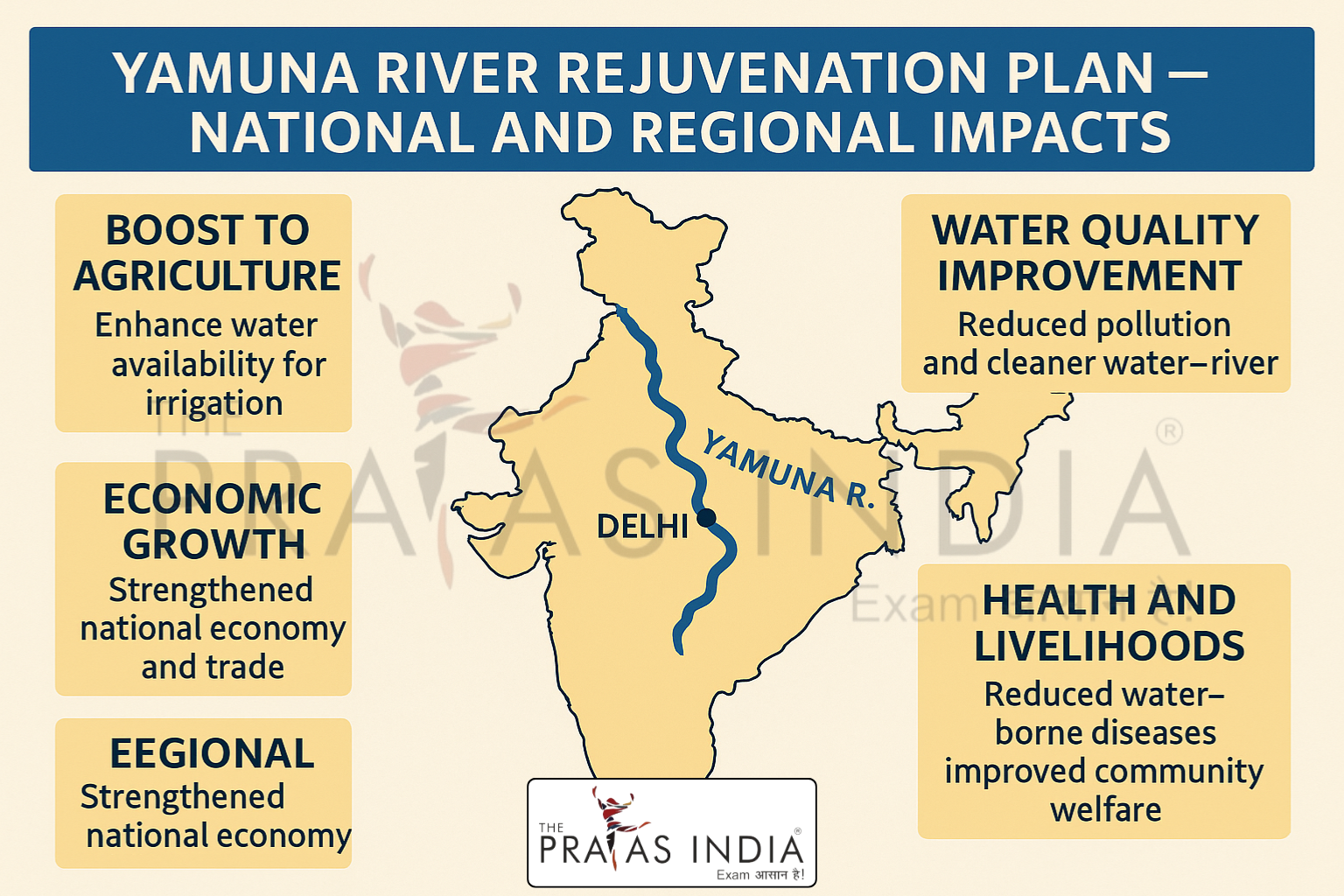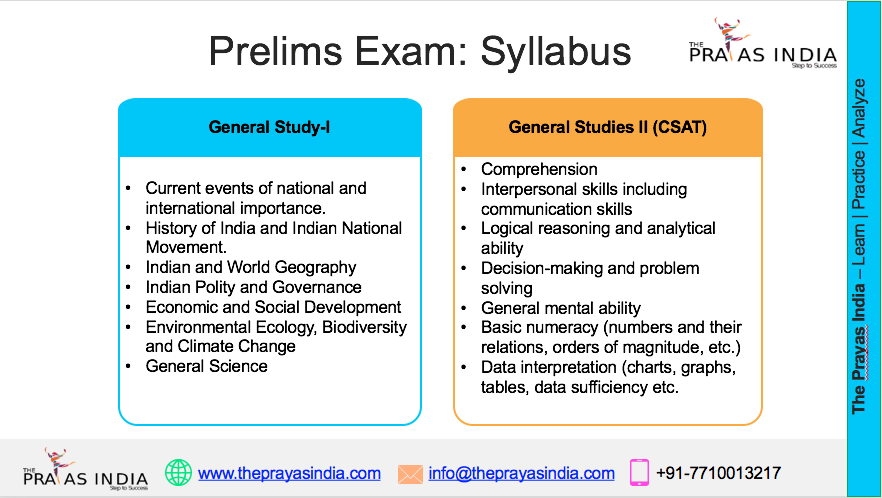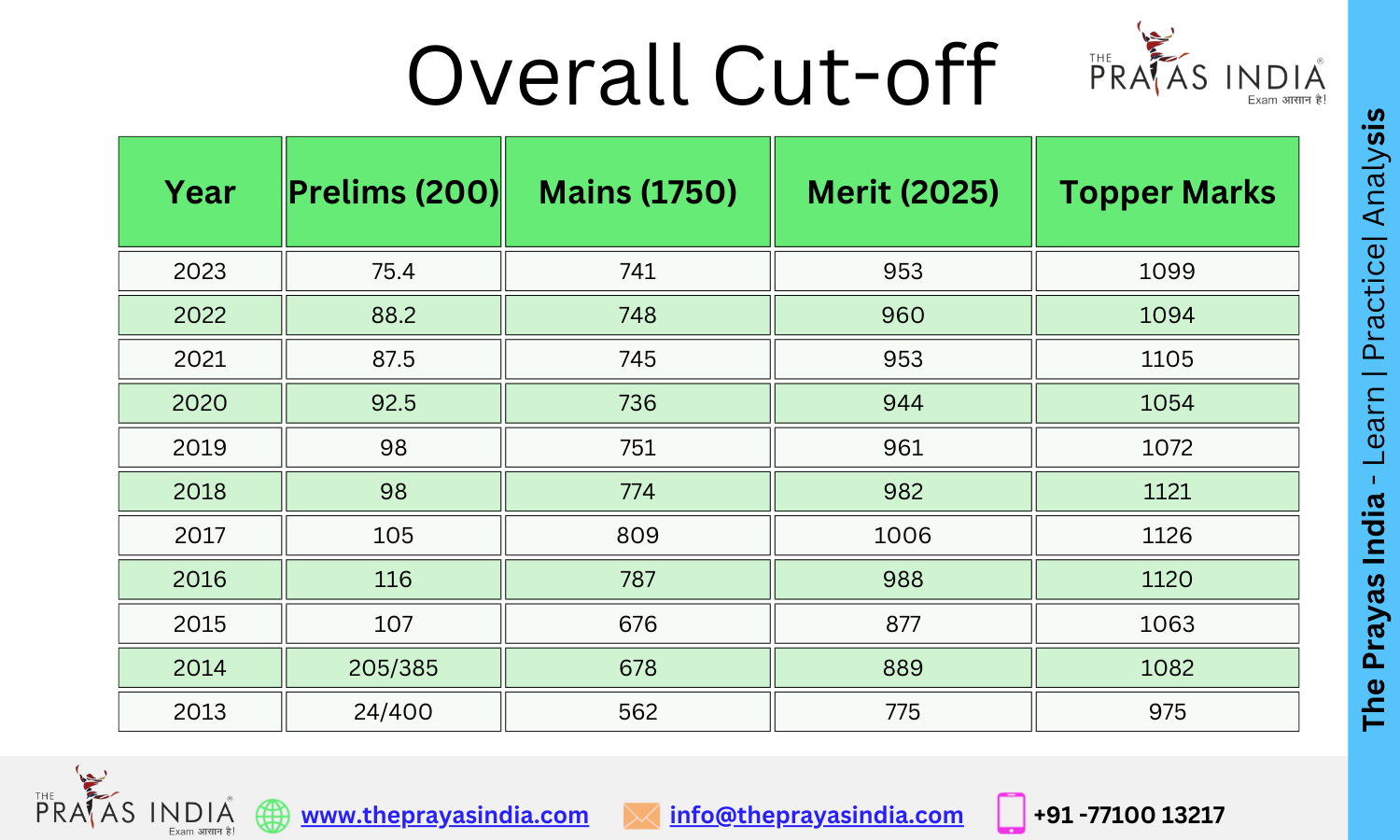Yamuna River Rejuvenation Plan: National and Regional Impacts
Introduction
In June 2025, the governments of Delhi, Uttar Pradesh, and Haryana joined hands to launch a transformative ₹10,087-crore Yamuna River Rejuvenation Plan. This inter-state initiative aims to restore the health of one of India’s most sacred and polluted rivers through sustainable measures including sewage treatment upgrades, control of industrial discharge, riverfront development, and innovative biogas solutions for dairy waste management.
This project is not only an environmental necessity but also a landmark example of cooperative federalism, sustainable urban planning, and grassroots-level environmental governance. For aspirants preparing for UPSC, State PCS, and other competitive exams, this plan offers key insights relevant to GS Paper III, Essay, and Environment sections.

Key Objectives of the Rejuvenation Plan
-
Sewage and Wastewater Management
-
Expansion and upgradation of sewage treatment plants (STPs) to ensure zero untreated discharge into the Yamuna.
-
100% treatment of domestic wastewater from residential and urban clusters along the riverbanks.
-
-
Tackling Industrial Pollution
-
Strict monitoring of industrial effluents through real-time water quality sensors.
-
Penal action against non-compliant factories under the Water (Prevention and Control of Pollution) Act, 1974.
-
-
Riverfront Development and Beautification
-
Eco-sensitive development of ghats, public access walkways, and recreational spaces along the riverbanks.
-
Restoration of wetlands and plantation of native tree species to improve biodiversity.
-
-
Biogas Plants for Dairy Waste
-
Setting up decentralized biogas plants to treat cow dung and other dairy waste.
-
Reduction in organic pollution load and methane emissions.
-
National and Regional Significance
A Model of Inter-State Collaboration
This initiative showcases cooperative federalism, where states are coordinating for ecological restoration that transcends political and geographical boundaries. It aligns with the Namami Gange Programme model and can become a template for other river systems like the Sabarmati, Mithi, and Musi.
Boost to Sustainable Development Goals (SDGs)
This project touches several SDGs, including:
-
SDG 6: Clean Water and Sanitation
-
SDG 11: Sustainable Cities and Communities
-
SDG 13: Climate Action
-
SDG 15: Life on Land
Employment and Skill Development
Green jobs in construction, waste management, and biodiversity restoration will be generated, supporting livelihoods while contributing to environmental sustainability.
Relevance for Competitive Exams
UPSC GS Paper III:
-
Environment and Ecology: River pollution, bioremediation, wetland conservation
-
Government Schemes: Urban environmental initiatives, water conservation programs
-
Disaster Management: Urban flooding mitigation through better drainage
Essay Paper:
-
“Restoring Rivers is Restoring Civilizations”
-
“The Role of Sustainable Infrastructure in Urban India”
State PCS & SSC Exams:
-
Fact-based questions on budget allocation, implementing agencies, and state cooperation.
Challenges Ahead
-
Urban Encroachment: Relocation of unauthorized settlements near the Yamuna floodplains could face resistance.
-
Institutional Coordination: Smooth execution will require synergy between Central Pollution Control Board (CPCB), local bodies, and private contractors.
-
Public Awareness: Sustained public engagement is necessary to prevent further dumping and misuse of riverbanks.
Conclusion
The Yamuna River Rejuvenation Plan of 2025 is more than just an infrastructure project—it is a symbol of India’s commitment to sustainable development and ecological justice. Its successful execution could not only rejuvenate a dying river but also set the stage for integrated water resource management across India. For aspirants, this initiative offers a comprehensive case study on environment, policy, and governance—all in one.


![Prayas-लक्ष्य [UPSC CSE Target] The Prayas India](https://theprayasindia.com/wp-content/uploads/2021/08/Prayas-लक्ष्य-UPSC-CSE-Target-The-Prayas-India-300x167.png)

![Prayas Pre-भेदश [UPSC CSE Prelims Test Series] The Prayas India](https://theprayasindia.com/wp-content/uploads/2021/08/Prayas-Pre-भेदश-UPSC-CSE-Prelims-Test-Series-The-Prayas-India-300x167.png)










